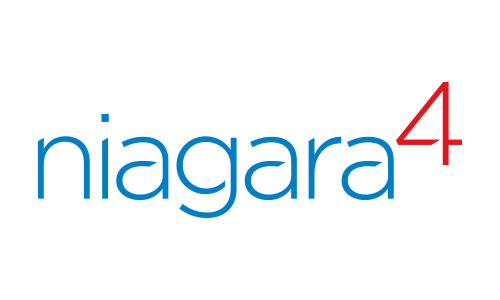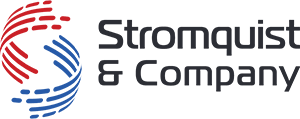
E-mail Reid.McClearen@stromquist.com if you have any questions.
Niagara 4 Certification - Level 2 - Advanced
Taught by Vern Peterson with MOV Training, this in-depth class picks up on topics more advanced than the Level 1 class.The class as normal ends with a certification test. A passing score will result in the student earning their Niagara 4 - Level 2 - Advanced certification issued by Tridium. This is a five day advanced training course that covers a variety of fundamentals of the Niagara framework and architecture. The fifth day of the course will consist of the certification test. For more info contact our BAS department at bas@stromquist.com. Or register for the class below!
Topics & Learning Objectives:
- Understanding the System Passphrase
- System Passphrase concept and purpose
- Resetting the System Passphrase
- Interpreting and Understanding the Baja Doc Files Niagara Object Model
- Adding a Bacnet Network to the Station
- Adding the network as a slot to the Drivers component
- Adding controllers to the Bacnet Network from a pallet
- Configuring the Bacnet controllers
- Program Service / Batch Editor
- Finding components in a station using the Baja Query Language (BQL) Query Builder
- Understanding Scope, Extent, and Predicate settings
- Renaming components using the Batch Editor
- Tagging components using the Batch Editor
- Removing and editing tags using the Batch Editor
- Adding components using the Batch Editor
- BQL Select Statements
- BQL Select Syntax
- Setting up a BQL Query using the Query Builder
- Setting up a Query using the ORD dialog
- BQL Grids
- Space temperature report
- Space temperature history report
- Understanding a BQL Query Builder Projection
- Running a query against the station
- BQL Aggregate Functions
- BQL Predicates, Greater Than and Less Than statements
- Niagara Entity Query Language (NEQL)
- NEQL Syntax
- Comparative statements
- Traversing a relationship
- Tag Dictionaries / Data Modeling
- Niagara Tag Dictionary
- Haystack Tag Dictionary
- Creating a custom tag dictionary
- Tag types
- Relation ID components
- Exporting a tag dictionary to a CSV file
- Tag Rules
- Building Relationships in the Station
- Relation IDs
- Creating relationships in a wire sheet
- Creating relationships using the Relation Mark tool
- Creating Hierarchies
- Query Level Definitions
- Relation Level Definitions
- Group Level Definitions
- Meta Data Browser
- Reviewing direct tags in the Meta Data Browser
- Adding Meta Data using the Meta Data Browser
- Removing Meta Data using the Meta Data Browser
- History Groups
- Purpose of History Groups
- Setting up History Groups
- Adding the needed Meta Data for History Groups
- Series Transforms
- Understanding history databases in a Niagara station
- Understanding the purpose of a series transform
- Set up a Composite Transform
- Setting up an Aggregate Series Transform
- Reports
- Report using a Series Transform
- Report using a Component Grid
- Report using a Bound Table
- JACE Metrics and Diagnostics
- Understanding NRE Memory
- History limits in different JACE models
- JACE Memory Pools
- Diagnosing Server-Side Errors
- Diagnosing Client-Side Errors
- Data Recovery Service
- Creating a Supervisor Station
- Security Certificates
- Understanding the TLS security concept and encryption
- Niagara’s self-signed server certificate
- Certificate Signing Authorities
- Creating a Root CA certificate
- Setting up a Niagara Network
- Connecting the stations together
- Creating and organizing Niagara proxied points
- JACE station to Supervisor Station
- Supervisor station to JACE station
- Sending alarms from the JACE station to the Supervisor
- Importing History to a Supervisor station
- Reusing JACE station PX views in a Supervisor Station
- Creating a Home Page
- Point Export Tags

